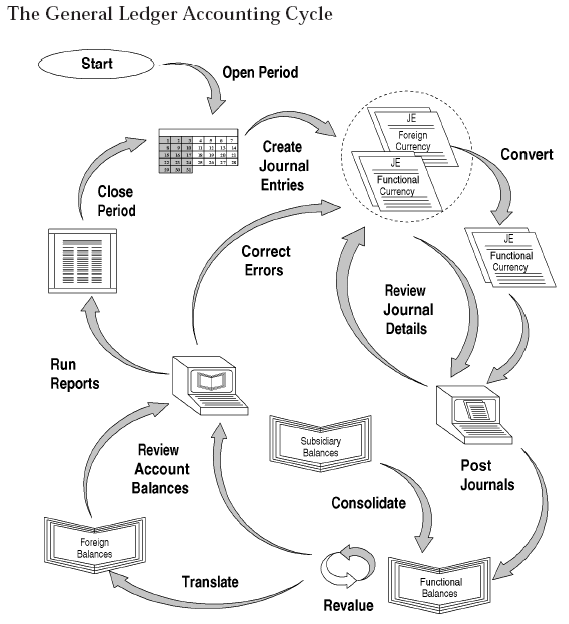Basics of Accounts Receivables
Accounts receivable (or debtors) represent money owed to a business by its clients (customers). It is shown on its balance sheet as an asset. It is one of a series of accounts dealing with the billing of a customer for goods and services that the customer has ordered.
Accounts receivable represents money owed by entities to the firm on the sale of products or services on credit. In most business entities, accounts receivable is typically executed by generating an invoice and either mailing or electronically delivering it to the customer, who, in turn, must pay it within an established time-frame, called credit terms or payment terms.
The accounts receivable departments use the sales ledger. This is because a sales ledger normally records:
- The sales a business has made.
- The amount of money received for goods or services.
- The amount of money owed at the end of each month varies (debtors).
The accounts receivable team is in charge of receiving funds on behalf of a company and applying it towards their current pending balances.
Collections and cashiering teams are part of the accounts receivable department. While the collection's department seeks the debtor, the cashiering team applies the monies received.
Payment Terms
An example of a common payment term is Net 30, which means that payment is due at the end of 30 days from the date of invoice. The debtor is free to pay before the due date. Businesses can offer a discount for early payment. Other common payment terms include Net 45, Net 60, and 30 days end of month.
Bookkeeping
Account receivables are classified as current assets assuming that they are due within one year. To record a journal entry for a sale on account, one must debit a receivable and credit a revenue account. When the customer pays off their accounts, one debits cash and credits the receivable in the journal entry. The ending balance on the trial balance sheet for accounts receivable is usually a debit .

General Accounting Cycle
Figure shows the accounting cycle.
Two Methods
The first method is the allowance method, which establishes a contra-asset account, allowance for doubtful accounts, or bad debt provision, that has the effect of reducing the balance for accounts receivable. The amount of the bad debt provision can be computed in two ways, either (1) by reviewing each individual debt and deciding whether it is doubtful (a specific provision) or (2) by providing for a fixed percentage (e.g. 2%) of total debtors (a general provision). The change in the bad debt provision from year to year is posted to the bad debt expense account in the income statement.
The second method is the direct write-off method. It is simpler than the allowance method in that it allows for one simple entry to reduce accounts receivable to its net realizable value. The entry would consist of debiting a bad debt expense account and crediting the respective accounts receivable in the sales ledger.